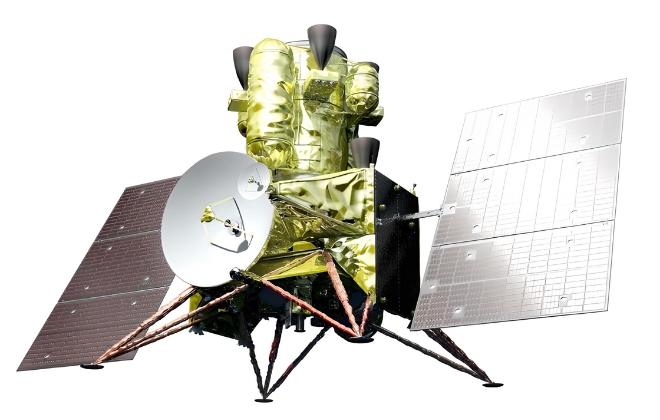Space Missions: More for Less

CONALL DE PAOR / PhD – ALTEN & ISAE-SUPAERO
Conall de Paor received his MSc. in space systems engineering from ISAE-SUPAERO, France and his BEng. from the University of Limerick. During his end-of-studies internship at ALTEN, he decided to do a PhD based on an idea he developed while attending the 2022 International Astronautical Congress (IAC) in Paris.
Can you tell us about your thesis?
The title of my thesis is Moneyball. After the Brad Pitt film from 2011 in which he plays the manager of the Oakland A’s baseball team. His challenge is to assemble a competitive team with very little money. He decides to disregard the traditional methods of appraising the players he can afford, looking instead at key statistics of how they perform on the field to come up with a team with a high statistical likelihood of getting on base and scoring points. The method worked and the Oakland A’s broke the record for the longest winning streak in baseball that year.
This is what I want to do with my thesis – to break down space missions into discrete parts and examine the combinatorial to find low-cost missions that will allow us to design much more ambitious missions. That’s the crux of it.
Is this something that has never been done before?
In space systems design, there’s been a lot of work to find optimal solutions to specific challenges such as delta V or time of flight, but as far as I know, no one has tried to optimize the entire space mission architecture space specifically for cost. My PhD builds on what’s already been done – at Massachusetts Institute of Technology, here at ISAE-SUPAERO and at the University of Stuttgart: building on the shoulders of giants, as they say.
What are the main challenges?
With space mission design, we’re talking about very, very high costs. The most obvious problem to solve is reusability. Many inroads have been made, by SpaceX and other companies and also with the NASA Space Shuttle. But reusability is not a silver bullet for reducing costs; the infrastructure you need to maintain your reusable space system can end up costing almost as much as using expendable systems. Also, one reason the NASA Space Shuttle was so expensive was that its mission was too broad – it had to carry 24 tons to LEO and return cargo from orbit, and land on a runway and be reusable. Post-facto, it is clear that the extraordinarily broad capabilities of the Space Shuttle made it inefficient at carrying out specific missions. So, the low-hanging fruit are single-focus system design and smart integration into the existing space infrastructure in order to avoid the prohibitive costs of reusability encountered by the Space Shuttle.
What are the biggest costs for space missions and systems?
For exploration missions, development is usually the highest cost. Exploration missions to the moon, Mars or other planets push against technological boundaries. Because of their distance from Earth, the communications delay, even at the speed of light, is three or four hours so you need your spacecraft to be autonomous and very reliable. Because if it breaks up out there, you can’t do anything about it.
In the early 2000s, at NASA, had this mantra: “faster, better, cheaper”. They quickly found out that this is very difficult to achieve. In fact, it became a joke to say “faster, better, cheaper – choose any two”. It can be faster and cheaper, but it won’t be better. Or it could be faster and better, but it won’t be cheaper. It could be cheaper and better, but it won’t be faster. There’s always a trade-off to make.
What technological evolution do you foresee in the space industry?
One thing that would make things much cheaper would be in-orbit servicing – some way of fixing your satellite when it’s already up there. In fact, it’s been done before by the Space Shuttle with the Hubble Space Telescope, but it was enormously expensive. If there were an unmanned satellite that could go up there and fix the problem, it could save the industry a lot of money (see what happened to Viasat-3 in 2023). This is an interesting area that is currently being explored by various NewSpace companies (such as Infinite Orbits and Lockheed). That along with reusability and better system design will be the biggest kickers in terms of cost savings.
How is ALTEN supporting you?
I have two supervisors at ALTEN: Julien Lafforgue, Innovation Lab Director, and Sebastien Maes, Assembly Integration and Validation Manager, whose expertise has been extremely helpful in developing my thesis. The really nice thing is that my mission at ALTEN is my thesis, I am very lucky that I can focus 100% on my research.
Do you have any advice for researchers in aerospace?
Perfect is the enemy of good, but good is the enemy of great. One more thing: You will have support, but you have to be the CEO of your PhD. You must bring your own fire, your own motivation to bear on the problem. You have to hoist the sails and steer the PhD-ship out toward the boundaries of human knowledge and beyond.












